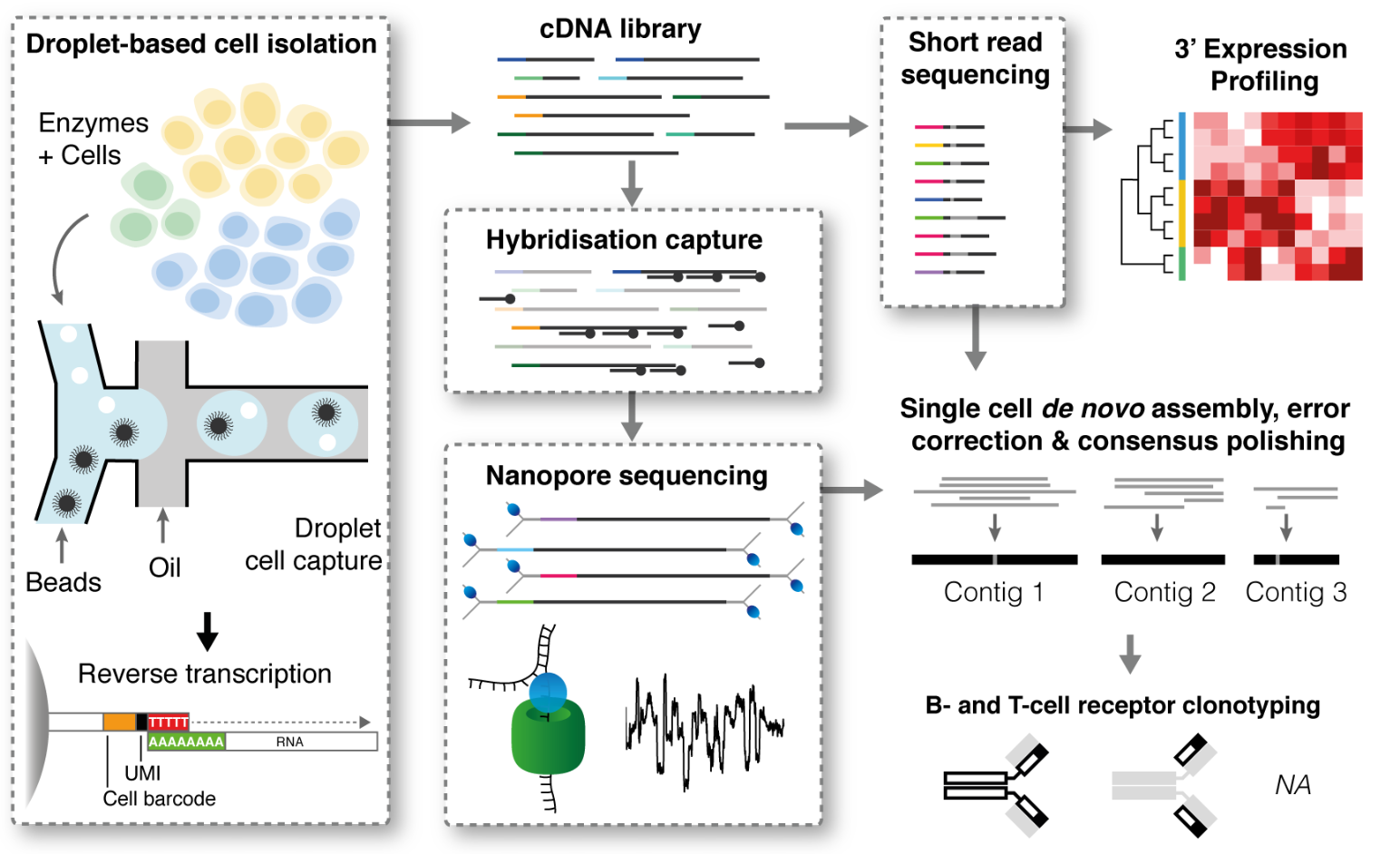

In: European Conference on Information Retrieval, pp. Loni, B., Shi, Y., Larson, M., Hanjalic, A.: Cross-domain collaborative filtering with factorization machines.

In: Twenty-First International Joint Conference on Artificial Intelligence. Li, B., Yang, Q., Xue, X.: Can movies and books collaborate? cross-domain collaborative filtering for sparsity reduction. In: Proceedings of the 14th ACM SIGKDD International Conference on Knowledge Discovery and Data Mining, pp. Singh, A.P., Gordon, G.J.: Relational learning via collective matrix factorization. In: Joint European Conference on Machine Learning and Knowledge Discovery in Databases. Gao, S., Luo, H., Chen, D., Li, S., Gallinari, P., Guo, J.: Cross-domain recommendation via cluster-level latent factor model. In: Proceedings of the 26th Annual International Conference on Machine Learning, pp. Li, B., Yang, Q., Xue, X.: Transfer learning for collaborative filtering via a rating-matrix generative model. Koren, Y., Bell, R., Volinsky, C.: Matrix factorization techniques for recommender systems. IEEE (2018)įang, H., Zhang, D., Shu, Y., Guo, G.: Deep learning for sequential recommendation: algorithms, influential factors, and evaluations. In: 2018 IEEE International Conference on Data Mining (ICDM), pp. Kang, W.-C., McAuley, J.: Self-attentive sequential recommendation. Thorough experiments on three large datasets extracted from Amazon dataset illustrate that CD-SASRec outperforms other state-of-the-art sequential recommendation models. Then, we fuse the aggregated vector into the item embedding in the target domain, while applying another self-attention layer. We apply self-attention layers over a sequence of source items to aggregate a user’s representational source vector. In this paper, we propose a cross-domain self-attentive sequential recommendation model (CD-SASRec).
#SEQUENTIAL TECHNOLOGY INTERNATIONAL HOW TO#
A key challenge in CDR for sequential tasks is how to capture user’s tastes based on previous sequential behaviors from multiple source domains and transfer knowledge into target domain(s). Cross-domain recommendations (CDRs) have been presented to alleviate the sparsity issue by transferring knowledge across domains. However, data sparsity can hinder the performance of SR in single-domain tasks. We are #sequentialtechproud and cannot wait to share more about The Giving Sequence's positive impacts.Self-attentive sequential recommendation (SR) systems have attracted significant interest, as they can model temporal information capturing users’ preferences over time to produce accurate recommendations. Thank you to everyone who helps Sequential Tech keep our promises to our communities.

This initiative has already received a fantastic turnout and is a great example of our team's collaborative investment in our community and our new nonprofit. GPR's mission to serve girls transitioning and helping them reclaim their lives is exactly in line with our mission.Ĭurrently, our headquarters is partnering with The Giving Sequence to host a clothing and sneaker drive. Recently, The Giving Sequence and Sequential Technology was a sponsor of the Girl Power Rocks for their Brunch & Swing weekend. Along with our volunteer initiatives, we also focus on external socially-driven partnerships with programs to support underserved communities. We have a commitment to supporting communities served by our employees and clients. Sequential Technology is proud to announce our new non-profit, operated by employees, The Giving Sequence!


 0 kommentar(er)
0 kommentar(er)
